Completed in 2010 by Indian architecture studio Sameep Padora & Associates, the Shiv Temple in Wadeshwar was built by the villagers using a local basalt stone, which gives the temple a traditional patina.
Shiv Temple Technical Information
- Architects: Sameep Padora & Associates
- Location: Wadeshwar, Maharashtra, India
- Design Team: Sameep Padora, Minal Modak, Vinay Mathias
- Topics: Basalt Stone, Temples
- Project Year: 2010
- Photographs: © Edmund Sumner
Adhering to the planning logic of traditional temple architecture, the form of the temple chosen evokes the conventional shikhara temple silhouette. Only embellishments integral to the essence of temple architecture in memory appear in the finished temple.
– Sameep Padora & Associates
Shiv Temple Photographs
Text by the Architects
Designed in dialogue with the priest and the people from surrounding villages, the temple design is a collaborative effort. Built through ‘Shramdaan’ (self-build) by the villagers, this temple was constructed on a shoestring budget. Using a local basalt stone as a primary building block, because of its availability from a quarry within 200 meters from the temple site The stone’s patina that seems to confer age, as if the temple had always existed before inhabitation.
In realizing the temple design in close consultation with the temple priest & the villagers, we attempted to sieve out through discussion & sketches the decorative components from the symbolic.
Adhering to the planning logic of traditional temple architecture, the form of the temple chosen evokes in memory, the conventional shikhara temple silhouette. Only embellishments integral to the essence of temple architecture in memory appear in the finished temple.
The dense foliage of trees along the side edge demarcates an outdoor room, which becomes the traditional ‘mandapa’ (pillared hall), a place with trees as walls and sky the roof.
The path to the temple winds in between white oak trees till two freestanding basalt stone walls embedded in the landscape create pause as well as direct a person onto the East-West axis on which the garbagriha / inner sanctum lies.
Entry to the sanctum is through an exaggerated threshold space, which in turn frames the outside landscape for the inside. Stepped seating on the southern edge of the site negotiates steep contours while transforming the purely sacred space into a socio-cultural one used for festivals & gatherings.
Religious iconography in the form of statues of the holy cow, Nandi, etc. become installations in the landscape and hence find their positions in a natural setting of the metaphoric sky-roofed mandapa.
The ashtadhaatu (8 metal composite) temple Kalash (finial) is held in place by a frame that also anchors a skylight to allow light to penetrate the inner sanctum/garbagriha.
Shiv Temple Plans
Shiv Temple Image Gallery
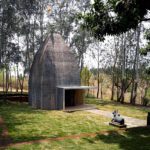
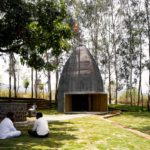
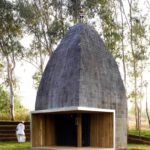

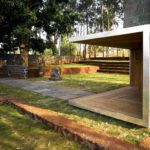
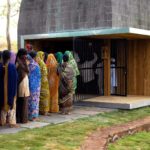
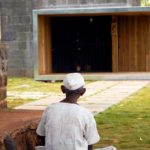
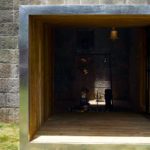
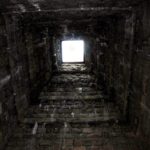
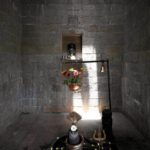

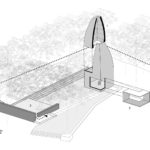



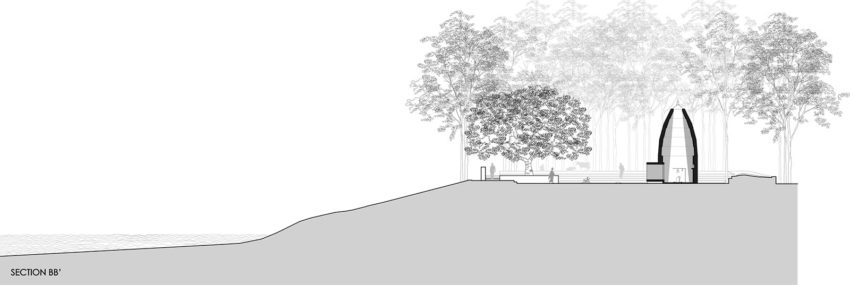

About Sameep Padora & Associates (sP+a)
sP+a approach is to look to context as a repository of latent resources connecting production processes and networks, appropriating techniques beyond their traditional use while allowing them to evolve and persist not just through preservation but more so through evolution.
Other works from Sameep Padora & Associates



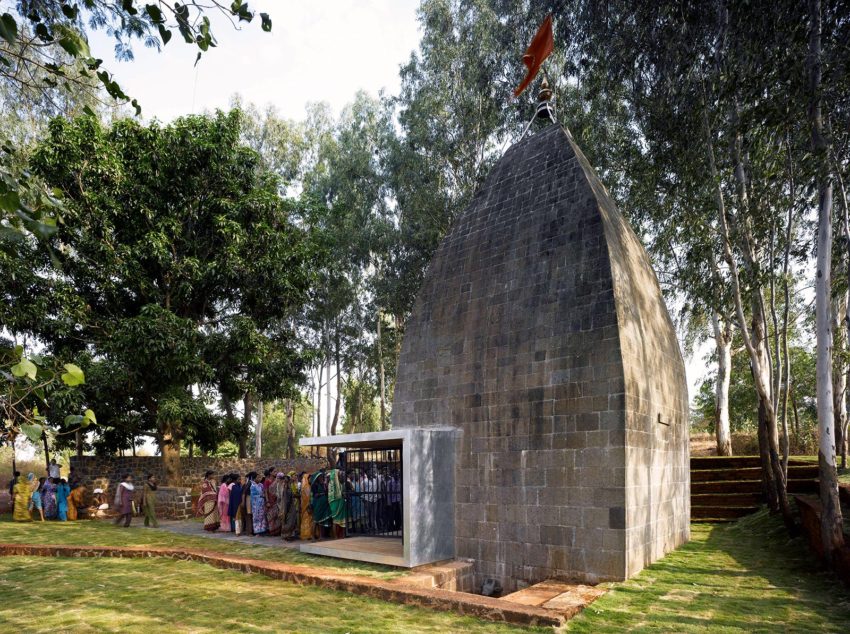
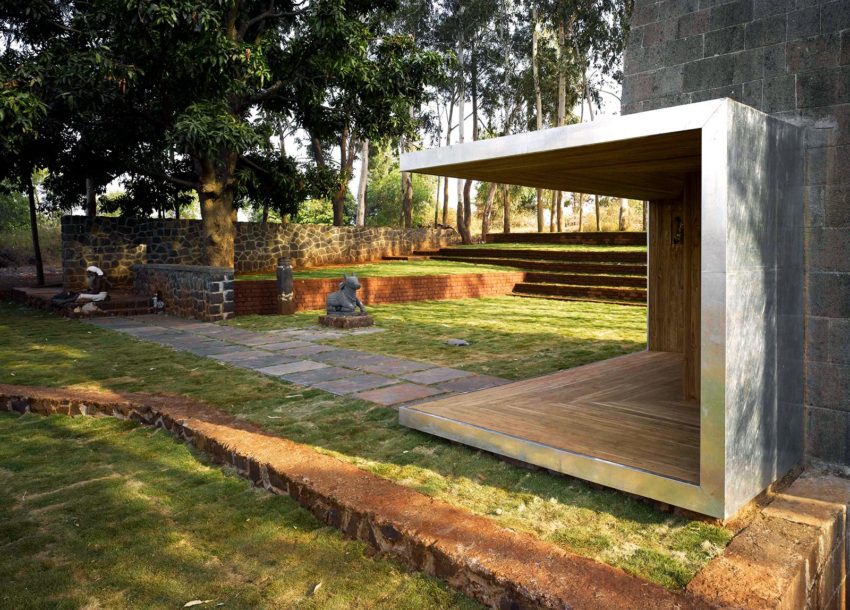

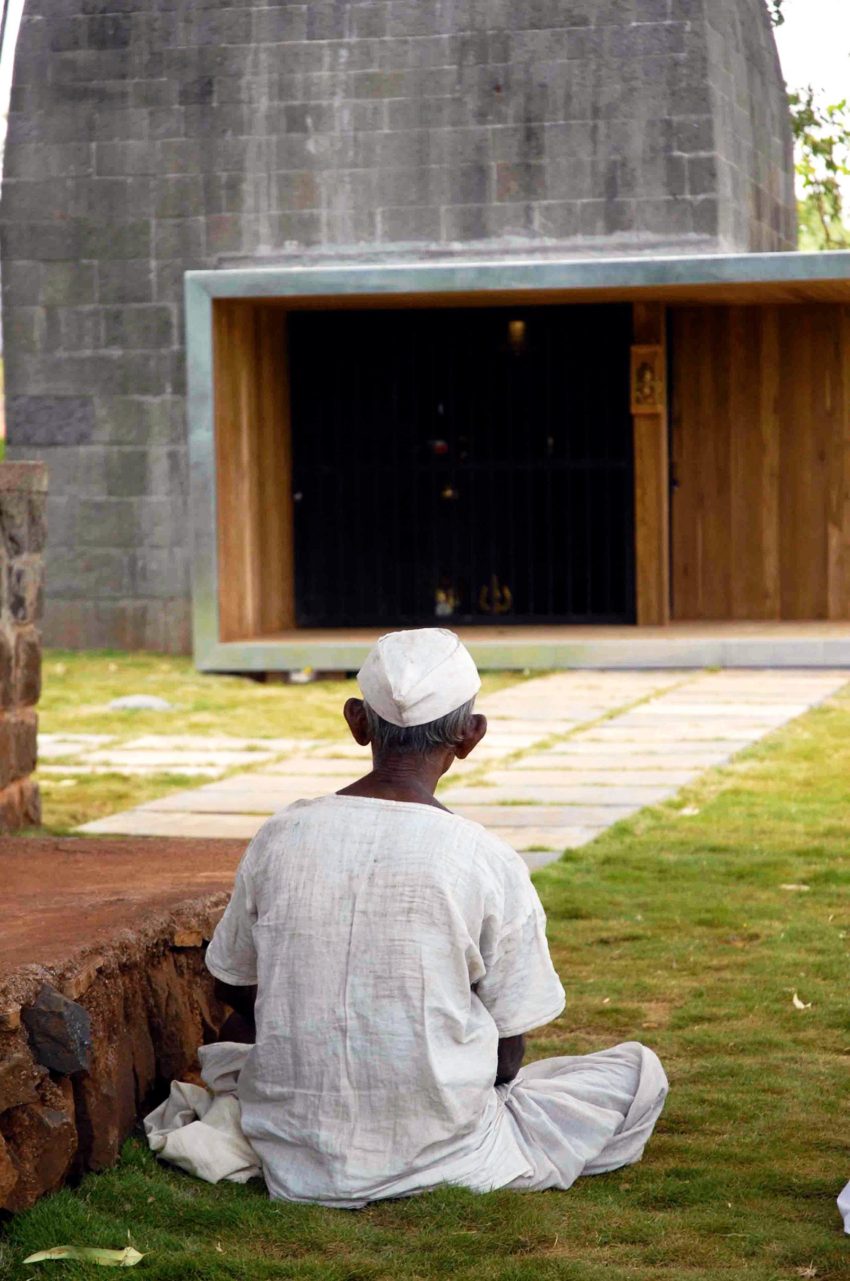
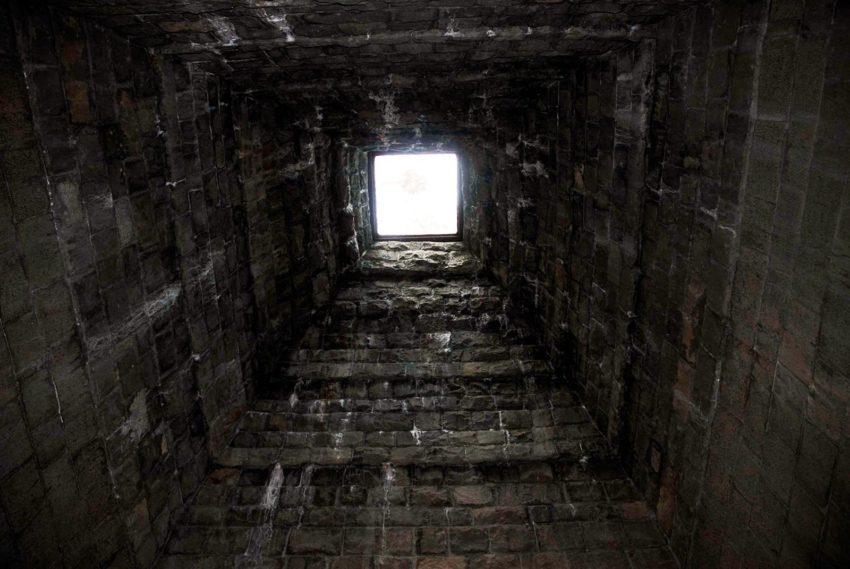
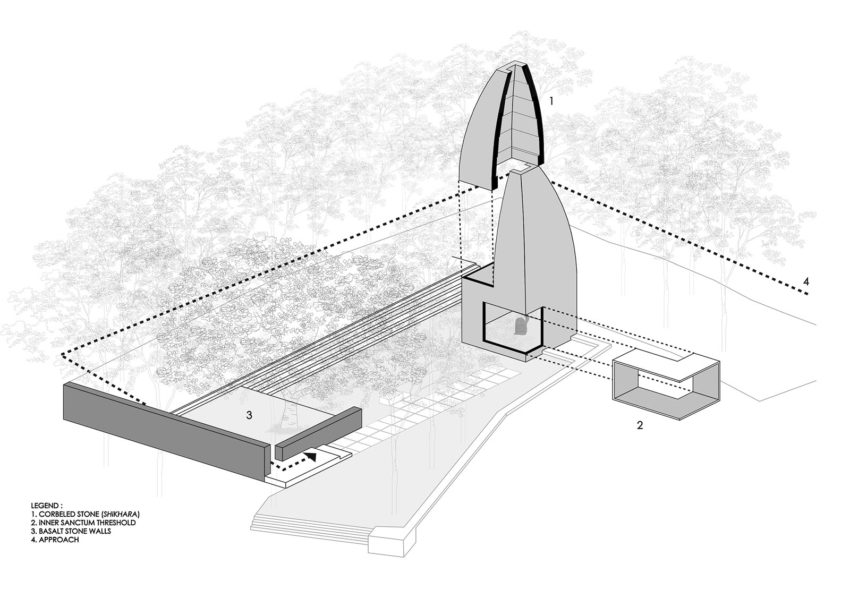
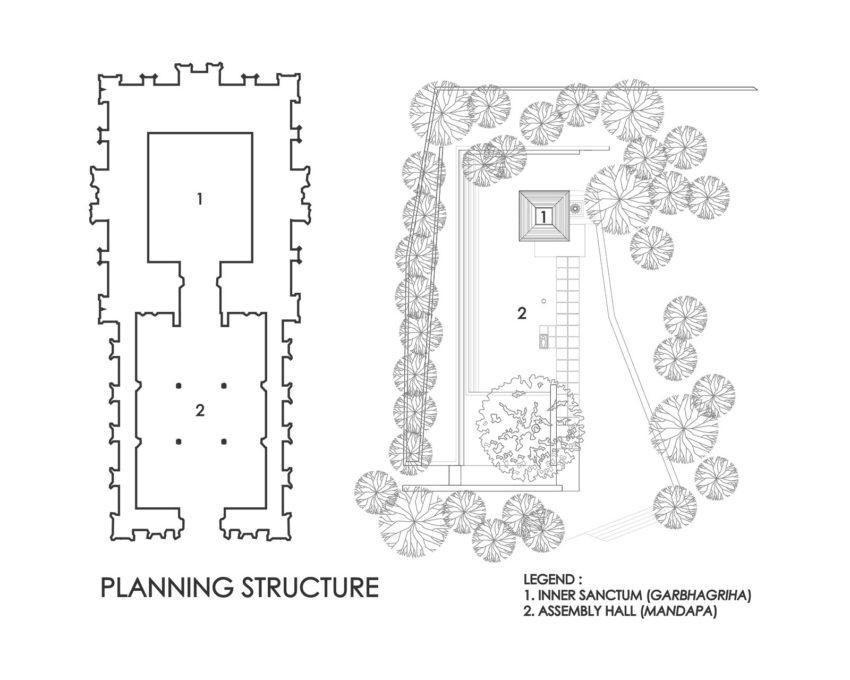


❤️